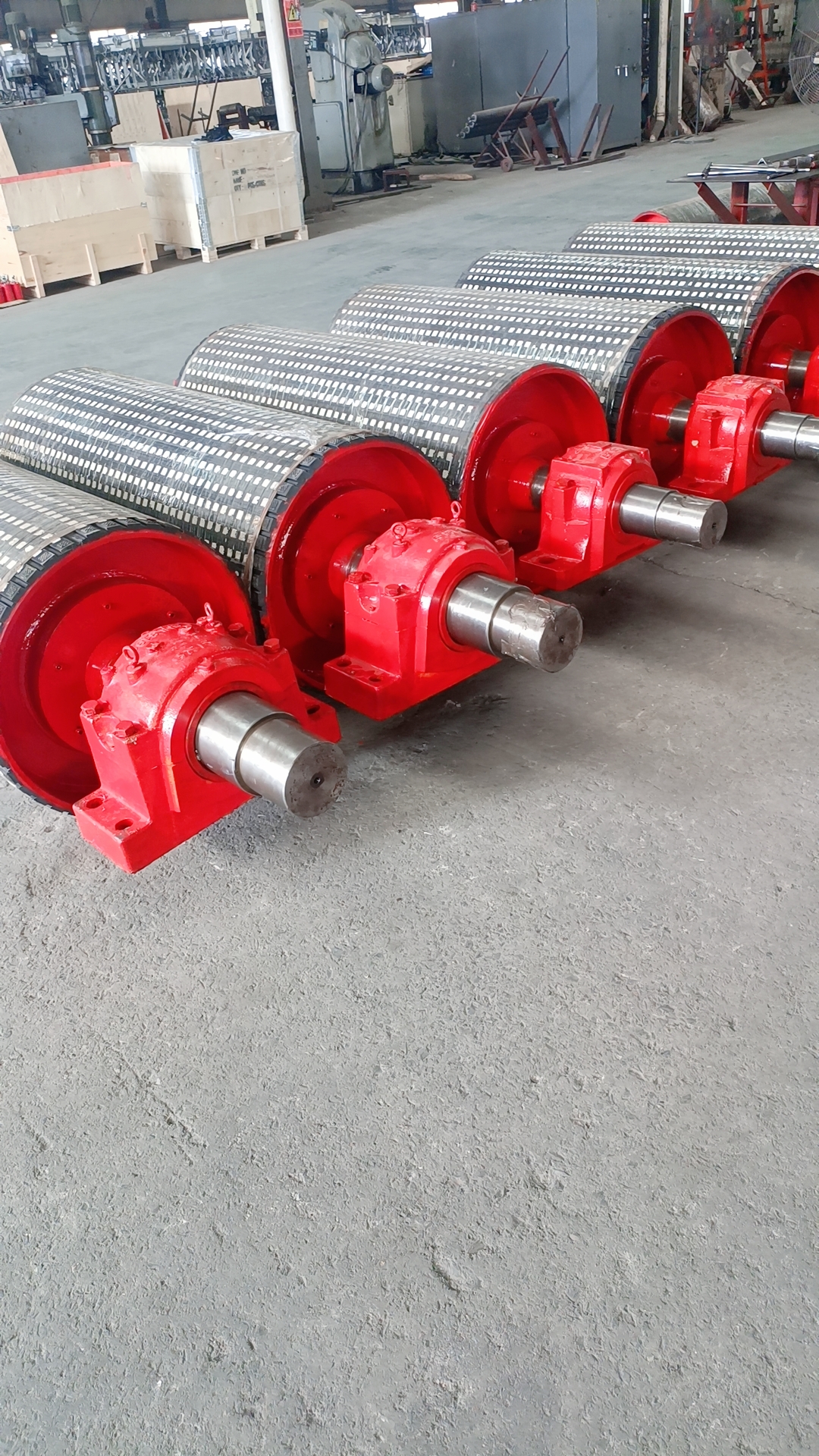 Afrikaans
Afrikaans  Albanian
Albanian  Amharic
Amharic  Arabic
Arabic  Armenian
Armenian  Azerbaijani
Azerbaijani  Basque
Basque  Belarusian
Belarusian  Bengali
Bengali  Bosnian
Bosnian  Bulgarian
Bulgarian  Catalan
Catalan  Cebuano
Cebuano  Corsican
Corsican  Croatian
Croatian  Czech
Czech  Danish
Danish  Dutch
Dutch  English
English  Esperanto
Esperanto  Estonian
Estonian  Finnish
Finnish  French
French  Frisian
Frisian  Galician
Galician  Georgian
Georgian  German
German  Greek
Greek  Gujarati
Gujarati  Haitian Creole
Haitian Creole  hausa
hausa  hawaiian
hawaiian  Hebrew
Hebrew  Hindi
Hindi  Miao
Miao  Hungarian
Hungarian  Icelandic
Icelandic  igbo
igbo  Indonesian
Indonesian  irish
irish  Italian
Italian  Japanese
Japanese  Javanese
Javanese  Kannada
Kannada  kazakh
kazakh  Khmer
Khmer  Rwandese
Rwandese  Korean
Korean  Kurdish
Kurdish  Kyrgyz
Kyrgyz  Lao
Lao  Latin
Latin  Latvian
Latvian  Lithuanian
Lithuanian  Luxembourgish
Luxembourgish  Macedonian
Macedonian  Malgashi
Malgashi  Malay
Malay  Malayalam
Malayalam  Maltese
Maltese  Maori
Maori  Marathi
Marathi  Mongolian
Mongolian  Myanmar
Myanmar  Nepali
Nepali  Norwegian
Norwegian  Norwegian
Norwegian  Occitan
Occitan  Pashto
Pashto  Persian
Persian  Polish
Polish  Portuguese
Portuguese  Punjabi
Punjabi  Romanian
Romanian  Russian
Russian  Samoan
Samoan  Scottish Gaelic
Scottish Gaelic  Serbian
Serbian  Sesotho
Sesotho  Shona
Shona  Sindhi
Sindhi  Sinhala
Sinhala  Slovak
Slovak  Slovenian
Slovenian  Somali
Somali  Spanish
Spanish  Sundanese
Sundanese  Swahili
Swahili  Swedish
Swedish  Tagalog
Tagalog  Tajik
Tajik  Tamil
Tamil  Tatar
Tatar  Telugu
Telugu  Thai
Thai  Turkish
Turkish  Turkmen
Turkmen  Ukrainian
Ukrainian  Urdu
Urdu  Uighur
Uighur  Uzbek
Uzbek  Vietnamese
Vietnamese  Welsh
Welsh  Bantu
Bantu  Yiddish
Yiddish  Yoruba
Yoruba  Zulu
Zulu rubber lagging roller
Understanding Rubber Lagging Rollers Their Importance and Applications
Rubber lagging rollers are essential components in various industrial applications, particularly in the fields of mining, construction, and manufacturing. These specialized rollers are designed to improve the efficiency and durability of conveyor systems, ensuring that materials are transported smoothly and without unnecessary wear and tear on the equipment. In this article, we will delve into what rubber lagging rollers are, their benefits, and their diverse applications in different industries.
What are Rubber Lagging Rollers?
Rubber lagging rollers are cylindrical components that are covered with a layer of rubber. This rubberized surface enhances the friction between the roller and the conveyed materials, preventing slippage and increasing the overall efficiency of the conveyor system. The lagging can be found in two main forms clean and textured. Clean surfaces are suited for specific applications where maximum contact area is critical, while textured surfaces help to grip materials better, making them ideal for handling bulkier or more slippery items.
Benefits of Rubber Lagging Rollers
1. Enhanced Grip and Control The primary advantage of rubber lagging is its ability to provide superior traction. When materials, such as ores, gravel, or finished goods, are transported over these rollers, the rubber surface minimizes the chances of slippage, leading to more efficient material handling.
2. Reduced Wear and Tear The cushioning effect of rubber reduces the impact on the conveyor system. This not only protects the roller itself but also helps in prolonging the lifespan of various components, including belts and pulleys.
3. Noise Reduction Rubber lagging rollers also contribute to a quieter operation. The rubber material dampens vibrations and noise generated during the transportation of materials, creating a more pleasant working environment for operators.
4. Resistance to Environmental Factors Rubber lagging is often designed to withstand harsh environmental conditions, including extreme temperatures, chemicals, and abrasive materials. This durability is critical for maintaining performance across various industrial settings.
5. Easy Maintenance The maintenance of rubber lagging rollers is relatively straightforward. Any wear on the surface can be easily repaired or replaced, ensuring that the system maintains its efficiency without extensive downtime.
rubber lagging roller

Applications of Rubber Lagging Rollers
Rubber lagging rollers are versatile and find applications across multiple industries
- Mining Industry In mining operations, these rollers are crucial for transporting ores and minerals from extraction sites to processing facilities. The increased traction provided by rubber lagging is vital for handling heavy and uneven loads.
- Construction Sector During construction, materials such as sand, gravel, and stone aggregate need to be moved efficiently. Rubber lagging rollers ensure that these materials are conveyed swiftly without delays caused by slippage.
- Manufacturing Processes In manufacturing plants, rubber lagging rollers support assembly lines by moving products seamlessly from one station to another, thereby enhancing productivity.
- Agriculture In the agricultural sector, rubber lagging rollers are used in various conveyance systems, such as those for transporting grains and fertilizers, ensuring that materials are handled delicately and effectively.
- Recycling and Waste Management These rollers are also employed in recycling processes, where they assist in transporting waste materials to sorting and processing units, helping to streamline operations.
Conclusion
In summary, rubber lagging rollers are indispensable in modern industrial operations. Their unique features provide significant advantages in terms of efficiency, durability, and operational safety. By enhancing grip, reducing wear, and ensuring a quieter working environment, rubber lagging rollers play a pivotal role in optimizing material handling processes across diverse sectors. As technology advances, we can expect innovations that will further improve the performance and applications of these essential components, solidifying their place in the industrial landscape.
-
Revolutionizing Conveyor Reliability with Advanced Rubber Lagging PulleysNewsJul.22,2025
-
Powering Precision and Durability with Expert Manufacturers of Conveyor ComponentsNewsJul.22,2025
-
Optimizing Conveyor Systems with Advanced Conveyor AccessoriesNewsJul.22,2025
-
Maximize Conveyor Efficiency with Quality Conveyor Idler PulleysNewsJul.22,2025
-
Future-Proof Your Conveyor System with High-Performance Polyurethane RollerNewsJul.22,2025
-
Driving Efficiency Forward with Quality Idlers and RollersNewsJul.22,2025





























